How 2 Ms - Mandir And Mandal - Helped Lalu Yadav Find 'MY' Formula In Bihar
Much has been written and said about the MY formula and its role in shaping the montage that Bihar politics is. But how did Lalu Yadav crack this formula that has endured for over three decades?
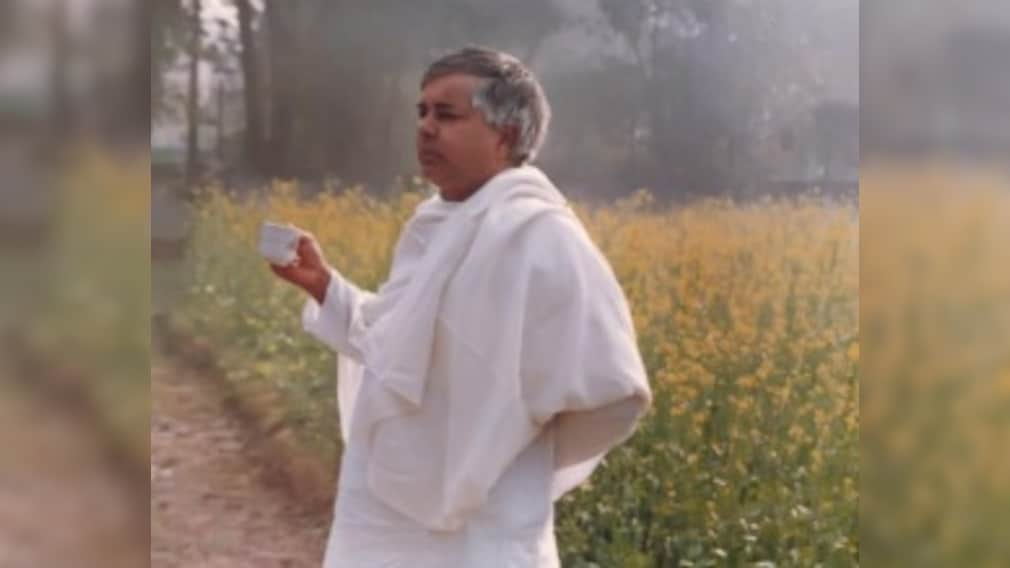
The Bihar elections are here, and as political pundits attempt to decode the poll arithmetic, one abbreviation has returned to the headlines: MY, or the Muslim-Yadav formula employed by Rashtriya Janata Dal (RJD) founder Lalu Prasad Yadav to rewrite the rules of political battles in Bihar. The veteran politician is now 77, and age-related ailments have forced him to take a back seat in politics, but the MY formula remains the bedrock of his party, now led by his son Tejashwi Yadav.
Much has been written and said about the MY formula and its role in the complex montage that is Bihar politics. But how did Lalu Yadav crack this formula that has endured for over three decades?
Political phenomena are shaped by history, and Lalu Yadav's MY formula was shaped by two Ms -- Mandir and Mandal.
In 1990, two events altered the course of Indian politics -- the VP Singh government's decision to implement the Mandal Commission's recommendations to introduce reservations for backward communities and BJP veteran Lal Krishna Advani's Ram Rath Yatra in demand of the construction of a Ram Temple in Ayodhya. One would make caste the key factor in hinterland politics, and the other would pave the way for the BJP's journey from a party with two MPs to the world's largest political party. But in Bihar, Lalu Yadav was watching, and he would harness these two political storms to turn the windmill of his ambitions.
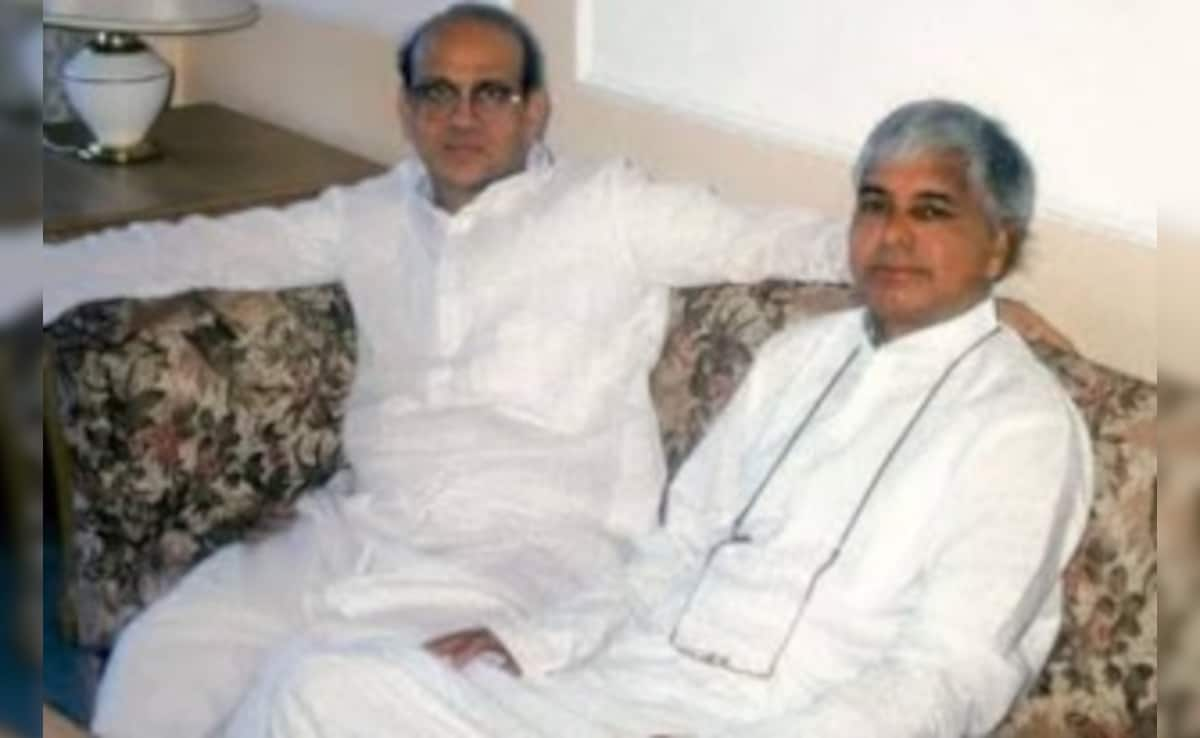
The Mandal Moment
In the 1989 Lok Sabha election, the Rajiv Gandhi-led Congress fell short of the majority mark. Vishwanath Pratap Singh, a Congress rebel who quit the party after the Bofors scandal, now led the Janata Dal and cobbled together a United Front government with the BJP's support. In August 1990, the VP Singh government implemented the Mandal Commission's recommendations, leading to the reservation of 27 per cent of jobs under the central government and public sector undertakings for people from backward communities.
The move triggered massive protests by the so-called upper castes, with many youngsters immolating themselves to protest reservation. For Lalu Yadav, this was a political jackpot. Backwards constituted 52 per cent of Bihar's electorate. Reservation pitted the so-called upper castes against the backwards, and Lalu Yadav, who had projected himself as the man fighting against caste hegemony, was now Chief Minister. The Mandal moment changed Bihar's political course. For the decade that followed, caste politics in Bihar would trump every other poll issue, be it governance or development, and Lalu Yadav would go from strength to strength.
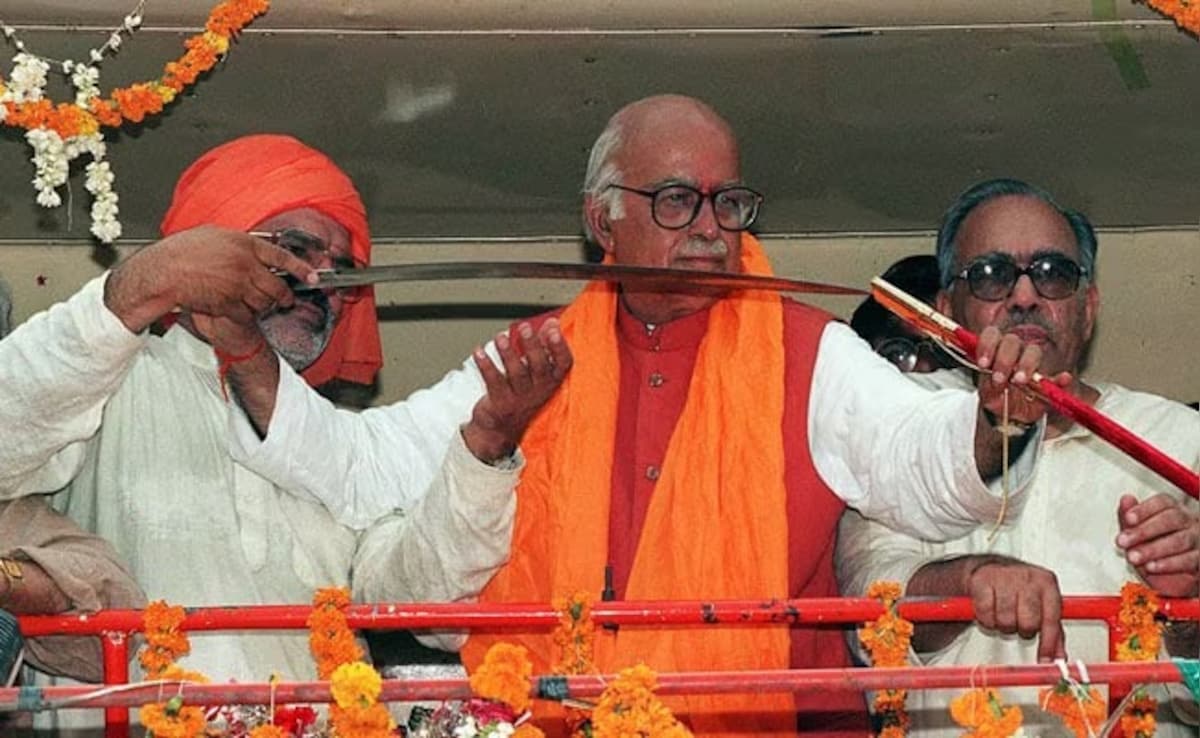
The Mandir Impact
Lalu Yadav "had just about unwrapped the Mandal magicbox when that other giftpack arrived in his lap," veteran journalist Sankarshan Thakur, who recently passed away in Delhi, wrote in his book, The Brothers Bihari.
LK Advani's Rath Yatra was, in many ways, an open challenge to the VP Singh government. BJP was one of the allies in the United Front government and won 85 seats in the 1989 general election. So, the survival of the VP Singh government depended on the BJP's support. The Prime Minister's hands were tied; he could not stop the Yatra despite wanting to. "He asked Laloo Yadav to stop Advani's rath. Laloo did it with glee and glamour (sic)," Thakur writes.
On October 23, 1990, Advani was arrested in Samastipur and then moved to a government guesthouse in Masanjore near the Bihar-West Bengal border. The same day, Lalu Yadav addressed a massive rally in Patna's historic Gandhi Maidan: "If human beings die, who will ring the temple bell? Who will pray in the mosque? I will not allow communal violence to spread in my state. Whether power stays or goes, I will not compromise on this."
Thakur wrote in his book: "Overnight, Laloo Yadav leaped into national limelight: the man who stopped Lal Krishna Advani, the man who did what most governments in the country had been afraid to do. He became the darling, at once, of Muslims countrywide, and of the left-wing liberal intelligentsia: the gallant saviour of the downtrodden and the minorities."
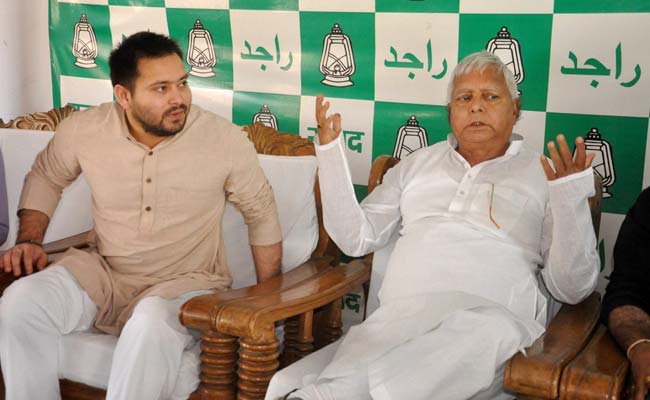
The Muslim-Yadav Math
The first test of Lalu Yadav's new formula was the 1991 Lok Sabha election, and he passed it with flying colours. Janata Dal, then led by Lalu Yadav in Bihar, won 32 out of the state's 40 Lok Sabha seats. The Janata Dal was routed everywhere but in Bihar.
At the time, backward and extremely backward castes together accounted for about 52 per cent of Bihar's electorate. Muslims made up another 12 per cent. The Congress had for years relied on an upper caste + Muslim + Harijan + sections of extremely backward caste votes. After Mandal and Mandir, the game had changed. Lalu Yadav was now the messiah for backward castes and Muslims. He managed to swing the Muslim vote entirely to this side, and with his backward vote bank, he was virtually invincible. The Rajiv Gandhi government's decision to allow the shilanyas (foundation stone laying) of the Ram Temple had upset the Muslims and turned them against the Congress, and who would they turn to? Lalu Yadav.
In the 1995 Bihar election, the Lalu Yadav-led Janata Dal won 167 Assembly seats, in yet another vindication of his MY formula. Since then, the Congress has struggled to woo the Bihar Muslim voter to its side. The RJD, which was formed when Lalu Yadav split the erstwhile Janata Dal, continues to draw a large chunk of Bihar's Muslim votes.
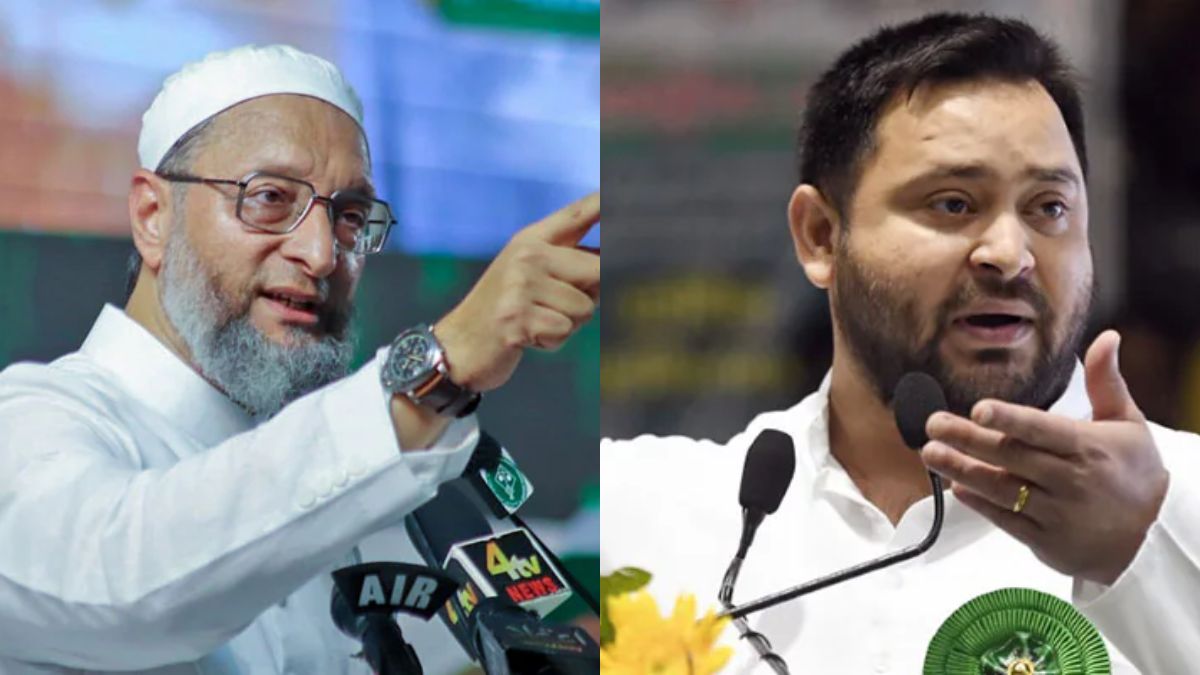
The New Challenger
The 2020 Assembly polls saw RJD emerge as the single-largest party, but a poor show by the Congress kept the Mahagathbandhan out of power. A key subplot played out in the politically sensitive Seemanchal region, where Asaduddin Owaisi's AIMIM pulled off a stunner by winning five seats. Even though four of these MLAs later switched to RJD, this was an open challenge to a vote bank Lalu Yadav had cultivated over decades.
This also explains why RJD is not willing to accommodate AIMIM despite Owaisi's repeated outreach to join the Opposition bloc.
In the years since Lalu Yadav's winning streak in the 1990s, much has changed in Bihar's political landscape: over the years, NDA has cornered a significant chunk of EBC votes and Muslims have explored other options, but the MY formula still brings considerable political muscle to the RJD. Will that hold true this time, too? We will find out on November 14.
-
Opinion | 'Pasni' Offer Proves Pak Can Betray Anyone - Even China - For A Deal
China has consistently supported Pakistan - diplomatically, economically, and militarily - even during Islamabad's periods of isolation. Yet, despite this "iron brotherhood", Pakistan's recent moves show that loyalty in Islamabad is negotiable.
-
Opinion | Why China's 'Assured Retaliation' Nuclear Doctrine Has Sent Others Into A Spiral
China's investment in long-range delivery systems is understandably directed towards the US. But its continuous development of intermediate delivery systems has sent its neighbours into a tizzy.
-
NDTV Exclusive: Beats Beneath Rubble - Gaza Rapper Turns Survival Into Song
The line between politics and art in Gaza has always been thin but since October 2023, it has been all but erased.
-
NDTV Exclusive: He Once Built Software, Now Struggles To Survive In Gaza
Two since October 7, 2023, as Israeli and Hamas officials gather in Egypt's Sharm el-Sheikh for indirect ceasefire negotiations under a US-led peace plan, Omar Aldalou stands on the rubble of his destroyed home.
-
Explained: India-Pak Sir Creek Border Dispute And Its Strategic Importance
On Thursday Defence Minister Rajnath Singh said attempts to illegally occupy more of India, i.e., its half of Sir Creek, will be met with a response that will change "history and geography".
-
Opinion | India-EU FTA: Light At The End Of A Long Tunnel?
The current bilateral and global centripetal forces seem to be pulling India and the EU together. However, the two sides have been here many times during the past two decades.
-
Opinion | India-Pak Asia Cup Row: War, Minus The Shooting
George Orwell called sport "War Minus The Shooting" in an essay on sporting spirit, where he said that competitive sports trigger intense nationalistic rivalries and aggression. I am just wondering if that could be called "War PLUS the shooting" now.
-
Murders and Mobile Phones: All About Terrorist Lawrence Bishnoi And His Gang
Canada's crackdown means any Bishnoi gang asset in that country, from cash to vehicles and property, can be frozen or seized, giving Canadian law enforcement more (and sharper) teeth to prosecute gang members
-
Opinion | Message To India, Or Something Else? Why Trump Is Really Coddling Pakistan
Trump has reshuffled the political, security and economic cards in the subcontinent as a challenge to India's interests.
-
'So Long, Farewell': India Says Goodbye To The MiG-21, A Beloved Warhorse
The first MiG-21 planes were inducted into the Indian Air Force in 1963 and, since then, over 1,200 of the fighter jets have protected the country.
-
News Updates
-
Featured
-
More Links
-
Follow Us On










